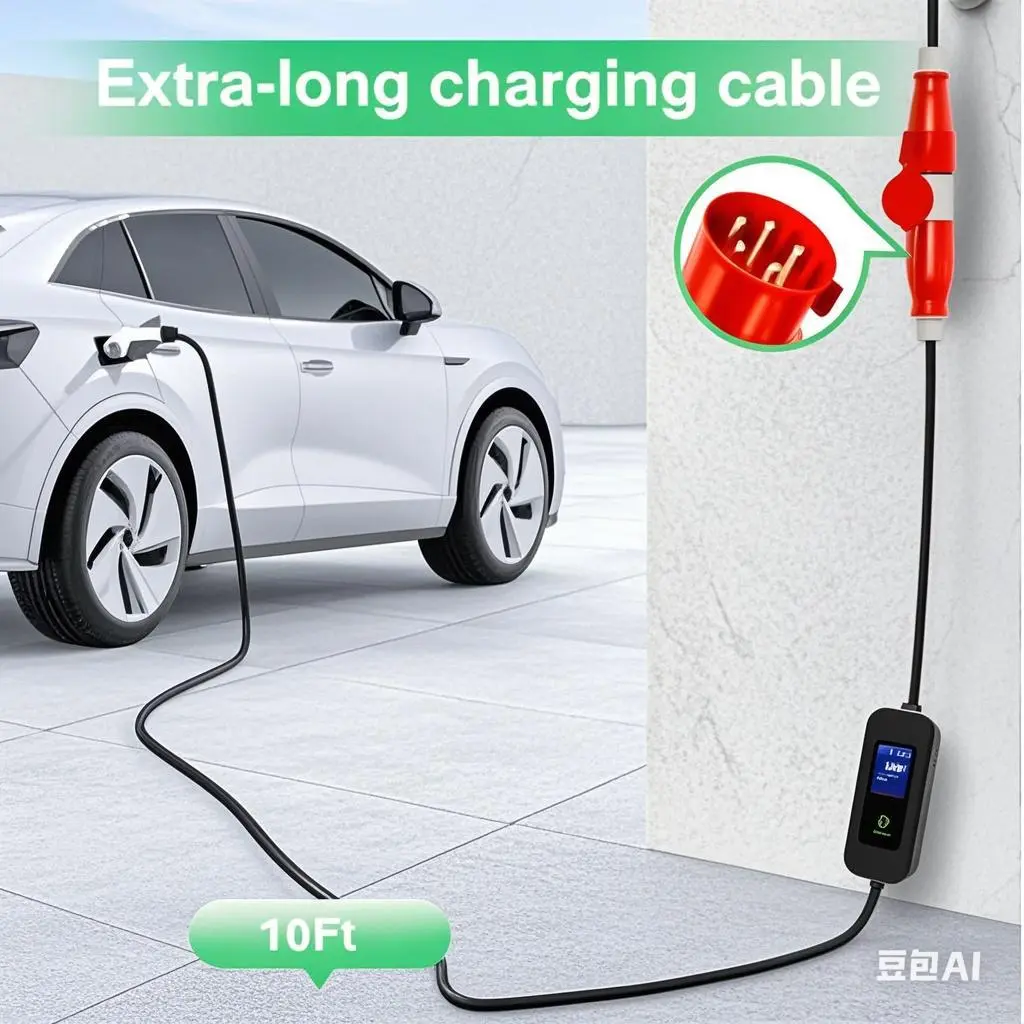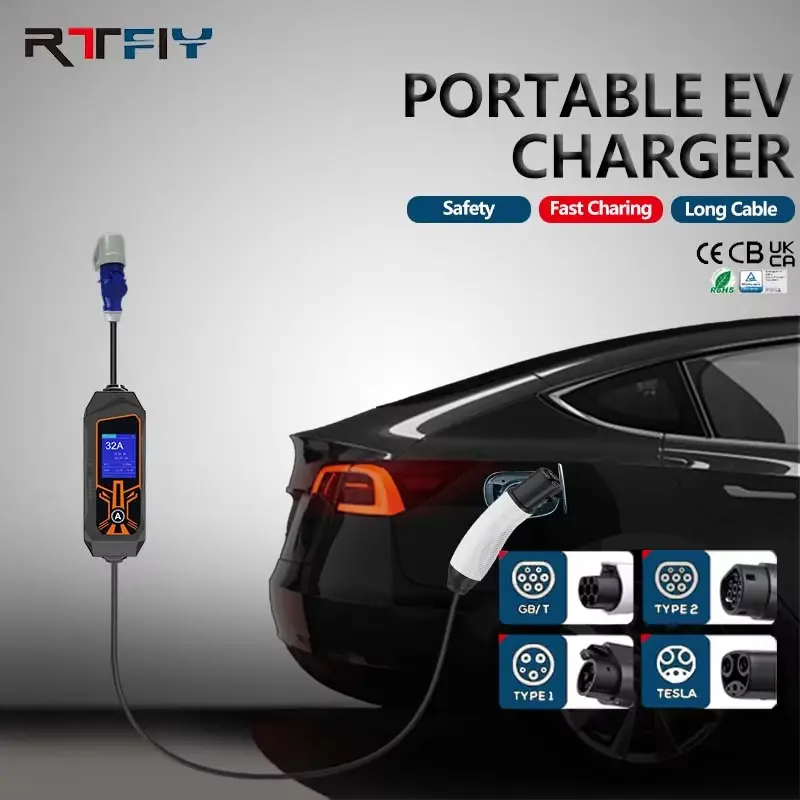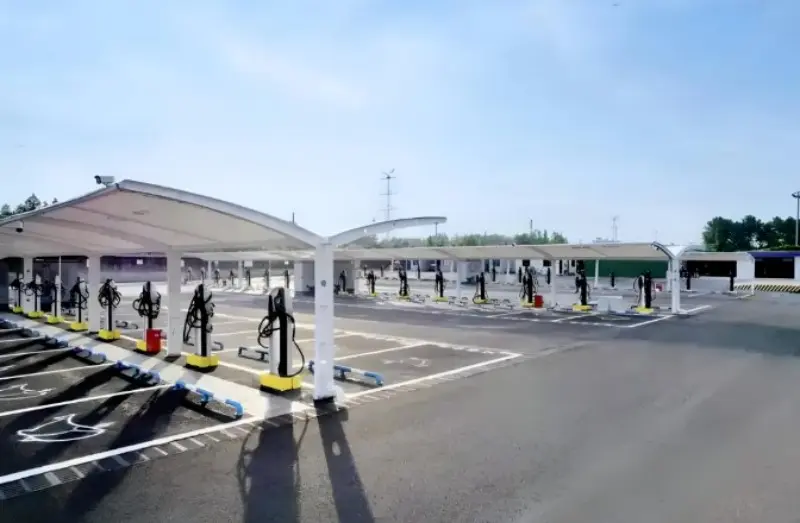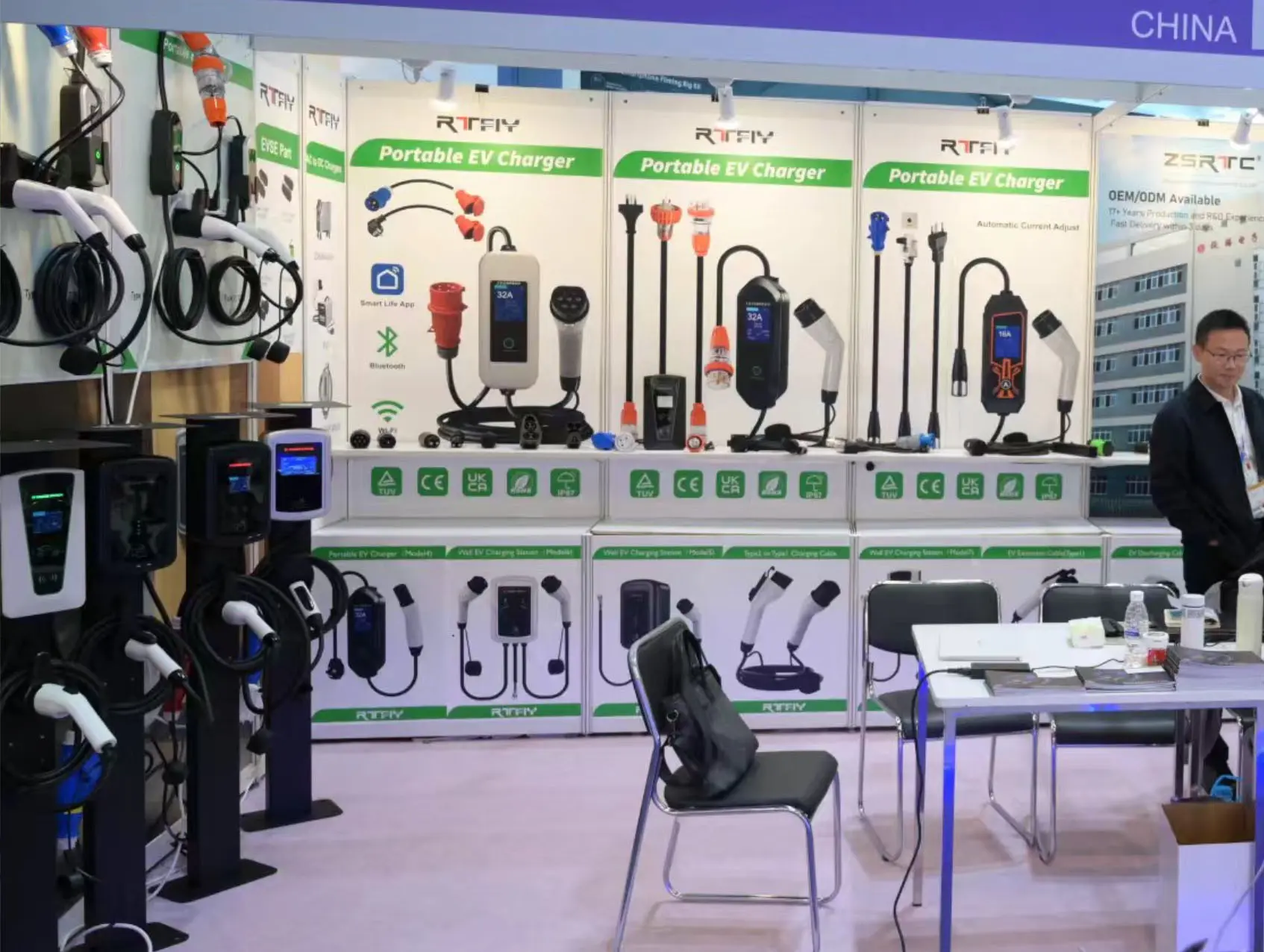How to establish a connection between commercial charging stations and operation management platforms?
Customers must select and connect a suitable operational management platform for commercial wall mounted charging stations before putting them into the market. The charging station and the operation platform are directly connected through TCP/IP protocol and communicate using CS (Client/Server) mode. The charging station serves as the client, and the operation platform serves as the server, maintaining a long-term connection between the two parties. Sending information from the client to the server is defined as uplink, and sending information from the server to the client is defined as downlink.

We have previously introduced OCPP1.6, which is an important version of OCPP that implements basic functions for communication control and monitoring of charging stations. Connecting charging stations that support the OCPP1.6 protocol to the operation management platform involves several key steps:
1.Understanding the OCPP protocol: Firstly, it is necessary to be familiar with the basic concepts and architecture of the OCPP protocol. There are multiple versions of the OCPP protocol, such as OCPP1.5, OCPP1.6, and OCPP2.0. Choose a version that suits your needs and have a detailed understanding of its specifications.
2.Choose communication method: OCPP supports multiple communication methods, such as WebSocket, SOAP, and JSON. Choose the appropriate communication method based on your needs and equipment capabilities.
3.Develop charging station software: Develop software for your charging station equipment according to the OCPP protocol specifications. This includes implementing various message types, data models, and business logic defined in the OCPP protocol.
4.Integrate CSMS: In order to achieve communication between the charging station and the charging station management system, your charging station software needs to be integrated with CSMS. This usually involves implementing the API interface provided by CSMS and ensuring that the charging station can communicate bidirectionally with CSMS.
5.Testing and Debugging: Before actual deployment, it is necessary to conduct sufficient testing and debugging of the charging station software and CSMS integration. This includes functional testing, performance testing, and security testing, among others.
6.Deployment and monitoring: Deploy the tested and debugged charging station software to actual devices and ensure that it communicates properly with CSMS.
The above steps outline the basic process of connecting the OCPP1.6 protocol supported by the charging station to the operation management platform. Please refer to the relevant official documents and guidelines for specific implementation to ensure a smooth connection process.












